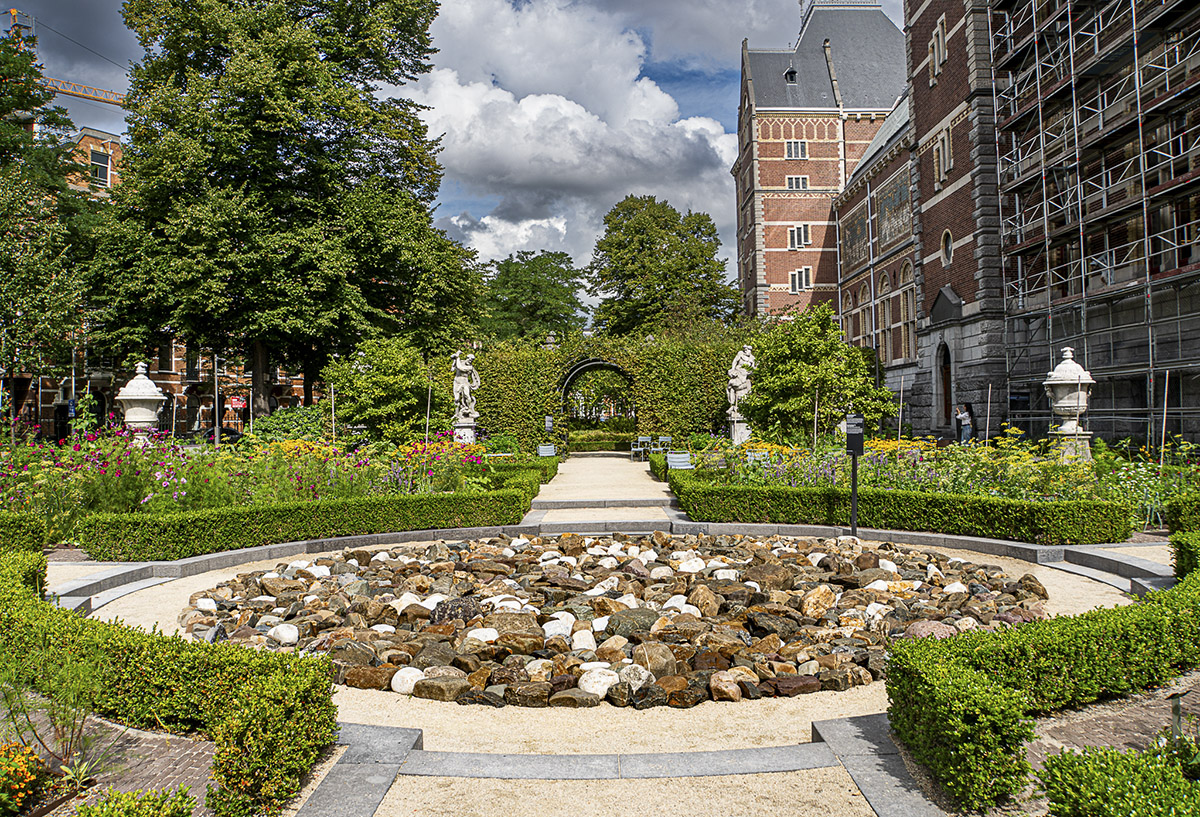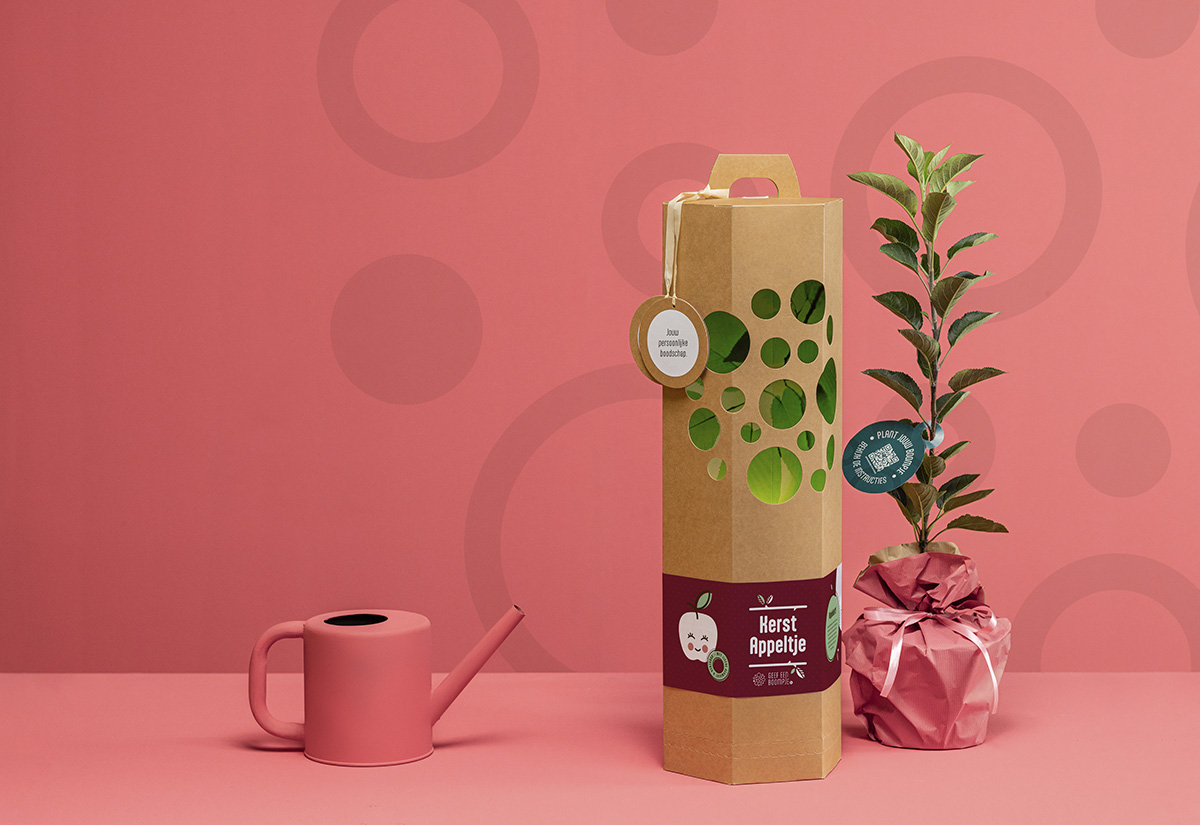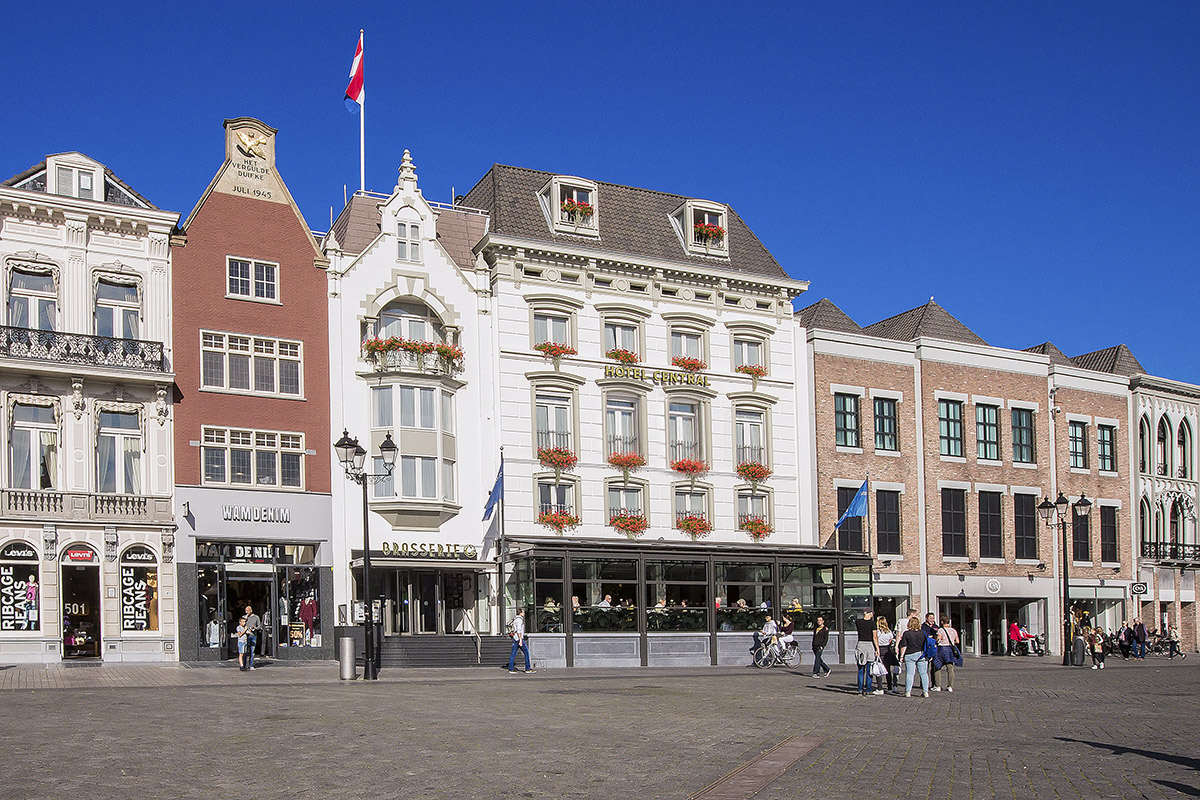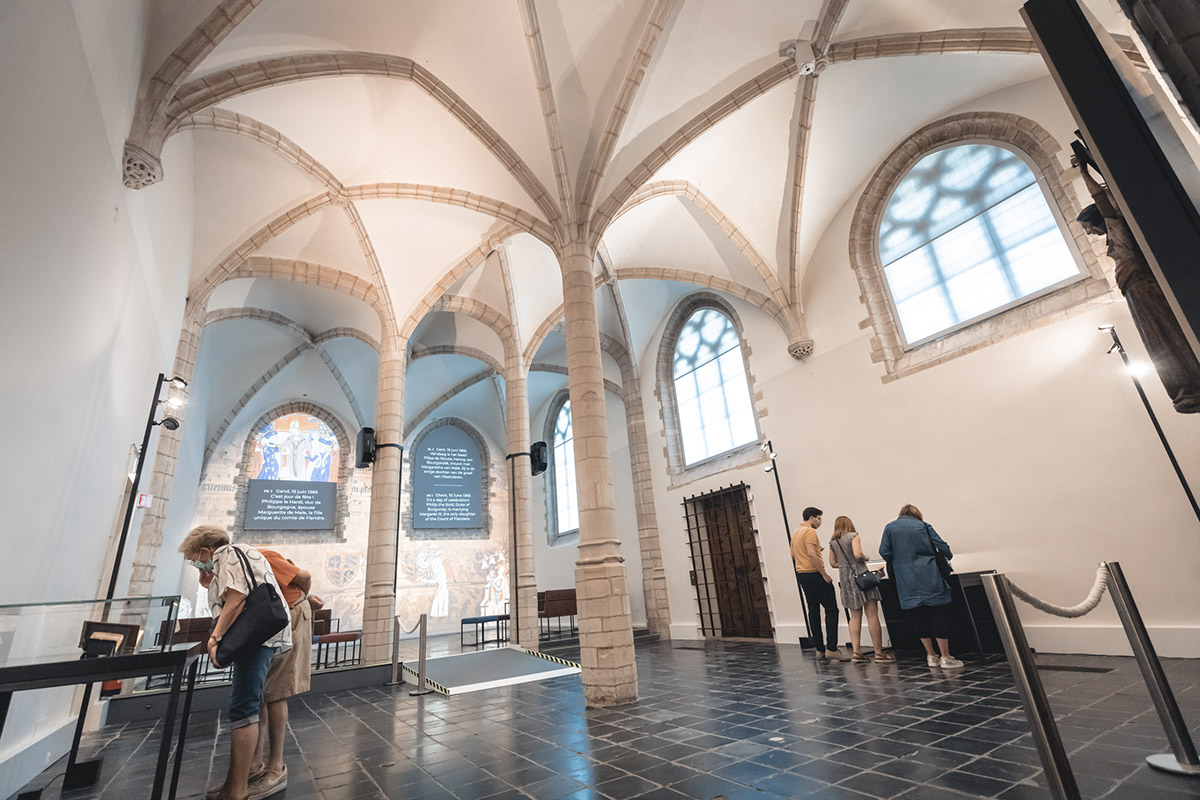BART VAN ES – ‘I didn’t want this story to be lost’
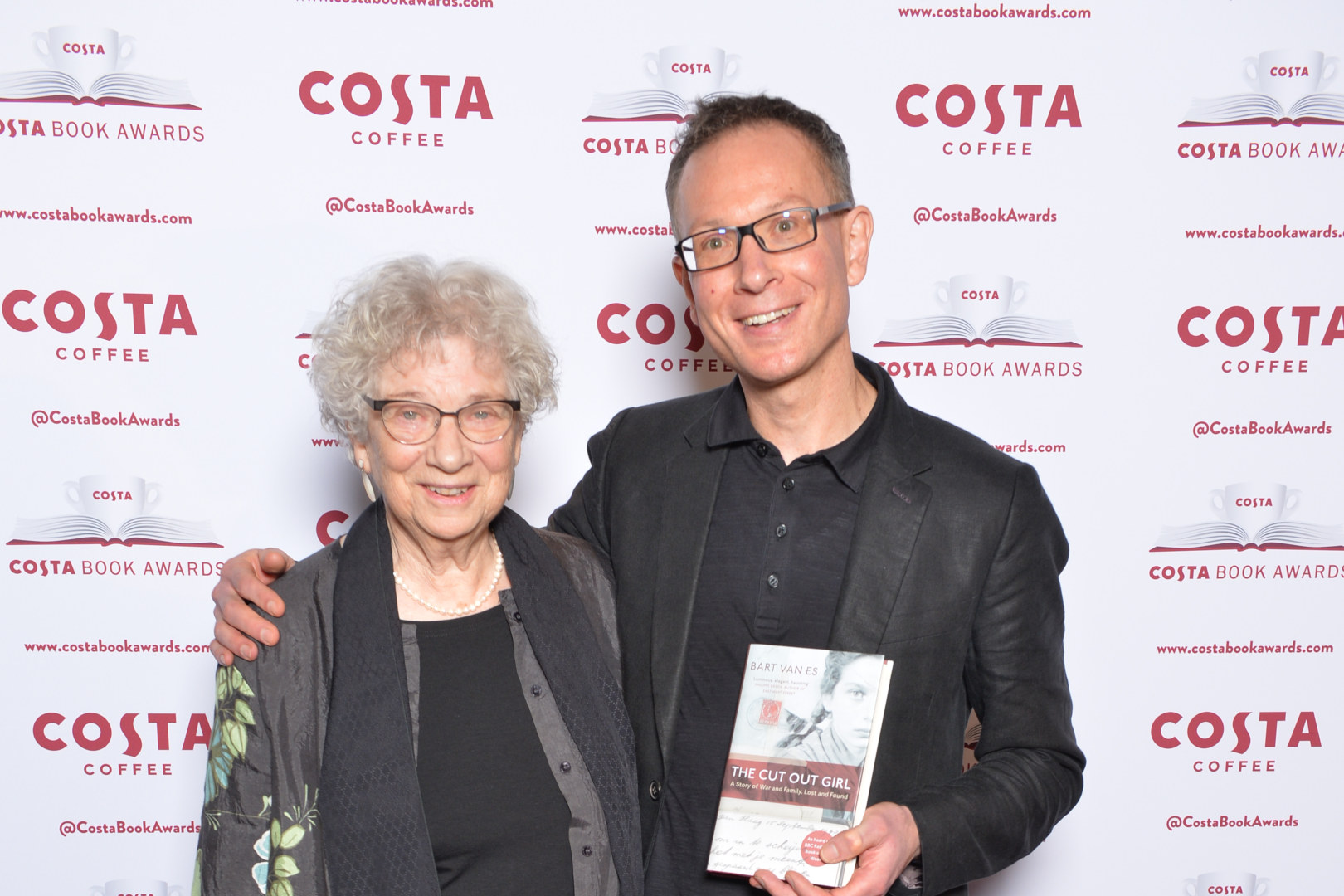
Bart van Es was born in the Netherlands and grew up in Norway, Indonesia, and Dubai before moving to the UK as a teenager and going on to become a professor of English at St Catherine’s College Oxford. His critically acclaimed 2018 book, The Cut Out Girl, tells the true story of Lien de Jong, a Jewish girl who was cared for by van Es’s own grandparents during the occupation of the Netherlands in 1942. We were lucky enough to speak to the author to find out more about his family’s remarkable history.
TEXT: ANNA VILLELEGER | PHOTO © KEITH BARNES
You had already published many academic works, but was there anything in particular which prompted you to write The Cut Out Girl?
B. Van Es: There definitely wasn’t a single moment – it sort of caught up on me. There was a funny moment, as in funny peculiar, where I was with my mother in the kitchen and I suddenly said, ‘wasn’t there a girl called Lien who hid with my grandparents? Is she still alive?’. I think if I try and reconstruct what made me say that, it would have been a combination of things. There was the death of my eldest uncle which sparked the sense that generation was going to leave us in the next five or ten years, and if I didn’t talk to them now, their stories would be gone forever.
There was also a broader awareness that the lessons of the Second World War might be being lost. Plus, I was doing research on the subject of children in Shakespeare’s England. I ended up writing a couple of articles on the subject. There were children who were actually taken from their families and claimed for the theatre. That made me think about children and I thought ‘ok, there was this other story of a child and her vulnerability’. It was the coming together of those various things in November 2014 that made me think ‘this story is something I don’t want to get lost’.
The book is full of revelations. Did you ever have any doubts about divulging so much of your family’s history?
B. Van Es: No. I always had a very strong sense that this means something so powerful to me that I had to write it up, but that didn’t stop me having sleepless nights over it quite a few times. I wanted the people featured in the book to be portrayed in a rounded and nuanced way. Actually, in terms of the response the book has had, that really has been the case. Ultimately the book has brought people together, and nobody’s responded saying ‘oh, your grandparents did terrible things’. Quite the opposite – they’ve ended up having huge admiration for them.

Photo ©
Aside from Lien’s astonishing life story, the book is far from a traditional memoir thanks to its unique structure. Where did the idea for the format come from?
B. Van Es: I hadn’t particularly come to the book with a plan of how I would structure it or what I would do. But once we started on the project and I decided to go and visit the houses where Lien had been in hiding, it became increasingly clear to me that my journey would have to be part of the book.
I also think one of the things that makes the book different is that it’s a story about Lien’s entire life – not just during the war. Often there’s a tendency to think war stories stop with the liberation, and the question of ‘is this person going to get through the war?’. If they’re Jewish, the question is ‘are they going to survive?’. But this is a story about surviving survival. And by starting the book with Lien alive and in her 80s, living in Amsterdam, it gives away that normal driver to the narrative. The reader knows this person escaped the Nazis, but there is still the question of how she ended up separated from the van Es household.
Did writing The Cut Out Girl change you? If so, how?
B. Van Es: It really did. Partly because I was having to empathise with an incredibly traumatic experience in someone’s life, and then there were other pressures, such as concern from my parents and, to a degree, my wife, because there were things about our family in it. The story was just so powerful – I had a real conviction that it was something that needed to be written, but after a day upstairs of writing, I didn’t come downstairs quite the same person as I was when I got up in the morning.
I think before, I wasn’t very good at understanding people who seemed to behave irrationally. I was always quite a moral and reasonable person, but I’d find it very difficult to empathise with people who were not responding in a way that to me seemed rational. I think seeing somebody else from the inside, in the way that I saw Lien, was an incredible privilege.
She just trusted me and I got this entire history. I got to understand what it felt like to be part of a family you didn’t feel totally secure in, to be part of communities where you never felt confident. I think that changed me in a good way. It made me a bit less absolute in how I view people, and I’d like to think, more empathetic.
The Cut Out Girl: A Story of War and Family, Lost and Found was overall winner of the Costa Book of the Year 2018 and winner of the Costa Biography Award 2018.

Subscribe to Our Newsletter
Receive our monthly newsletter by email
